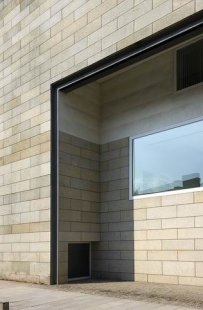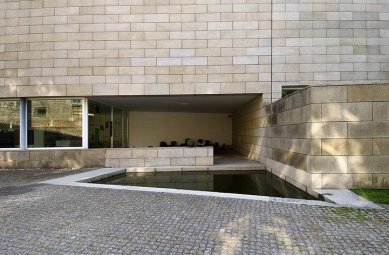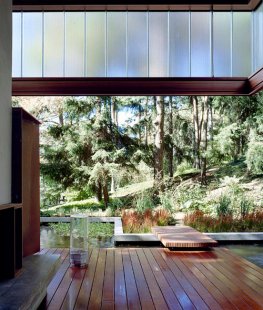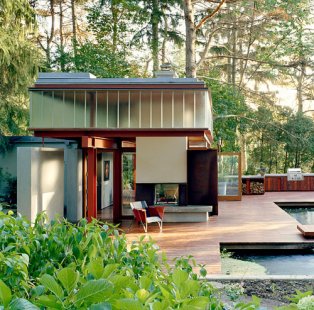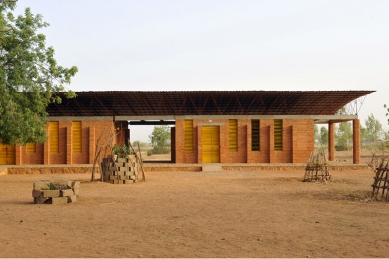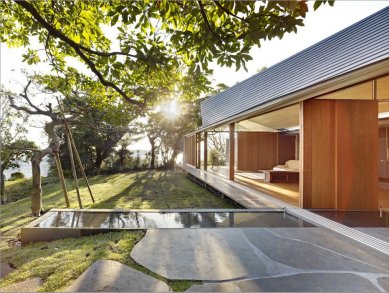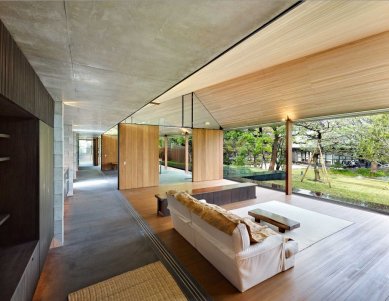The international competition International VELUX Award (IVA 2012) aimed at architecture students from around the world is entering its 5th year, with the main theme being “Light for the Future”. Entries from competing students will be judged by renowned architects from around the world, led by Álvaro Siza, the most significant living Portuguese architect. Registered projects from the Czech Republic and Slovakia, along with the winning works, will be exhibited at the Jaroslav Fragner Gallery in Prague. The final deadline for registration for the competition is March 2, 2012.














